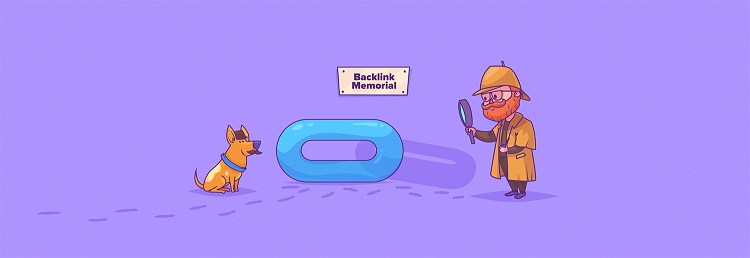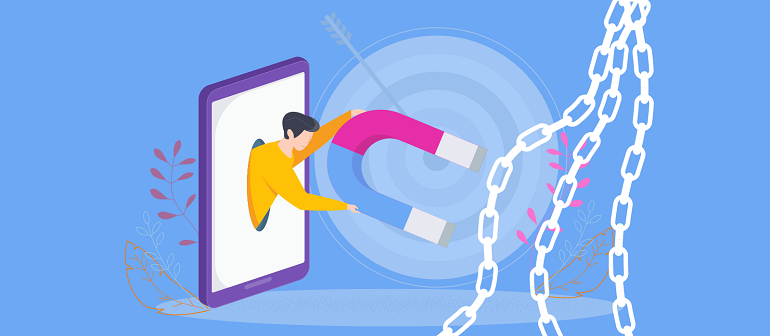



Link Reclamation for SEO




Linking is a challenging process. That’s why it’s so aggravating when hard-won ties loss without warning.
What is link reclamation, and how does it work?
The process of seeking opportunities online where a blog or forum references your brand but does not connect back to your site is linked reclamation.
There are various reasons why they didn’t connect to your site properly:
- Typos in the URL.
- A lack of knowledge about which URL to use.
- A lack of understanding of the SEO benefits it will offer your site (and theirs).
- Simply forgetfulness.
However, what matters most is taking advantage of these opportunities to obtain a connection from the web.
If a page discusses “Track Backlinks” in the content but does not connect back to the web, this is an example of a link reclamation opportunity. A branded word or mention is the term for this form of opportunity. If you have a well-known or well-known brand name, you may expect people to write it all over their websites, and they may or may not feel the need to provide links.
Since the site or blog mentioned Monitor Backlinks but didn’t connect to them in the example above, we’re in a great position to request a link back politely. The webmaster is familiar with and enjoys our brand, so he mentions us. Why wouldn’t they have a connection if it’s useful to us?
The most popular way to start link reclamation is to send an email to the webmaster asking them to link back to your site. Later on, we’ll talk about other ways to contact the site owner.
Let’s start by looking at all of the various ways you can participate in connection reclamation.

Loss of a Link: Causes and Consequences
Why did we lose a backlink, to begin with? There are four main explanations for this. It’s vital to determine the source of the issue in the first place since different triggers can result in different connection reclamation processes.
- Your connection is removed from the source site.
For different purposes, the page’s owner removes your connection from the page. When they believe another piece of content is more important than yours, for example.
- The source page has been removed.
For example, when the owner deems a page to be obsolete and removes it from the web. When we try to open the page that contains the links, we usually get a 404 error.
- The link is redirected to a new tab.
Our link profile was messed up because the page was (permanently) transferred to a new URL. In these instances, we receive a 301 error code.
- Google has removed the source page from its index.
When Google penalizes a website, the backlink is theoretically still there in this situation, but the meaning could be reduced since the source site is not indexed.
The key to an effective connection reclamation process is to understand why ties have been broken. We may take the required steps to recover the lost connection depending on the cause.
How to Reclaim your Lost Backlinks
You must contact the person in charge of the page where your connection was lost to retrieve it. If it’s a company blog, the owner or the person in charge of content marketing will be the one to write it.
Not everyone – in fact, many – will replace your connection. However, contacting the site’s owner only takes a few minutes. And the possible payoff for a ten-minute effort is well worth the small effort.
If you’ve lost your connection because your page or URL layout has changed, request that the old link be replaced with the working link. Web admins despise broken ties almost as much as you do, so they’ll normally assist you.
It’s worth contacting the webmaster to see if you can get a connection in the new article if you lose a link due to content consolidation. The fact that you were previously “deserving” of a connection would go a long way towards ensuring your inclusion in the new post.
The majority of web admins would want to give you proper credit if you wrote a guest post blog. As a result, connections that have been lost due to UX changes can be restored with a gentle reminder.
You might be able to ‘reclaim’ the whole piece of content if you contributed a guest post to a forum that later removed it. Ask them politely if you can repost the article. If not, you should take advantage of the situation to recommend a new post that is more in line with their existing content guidelines.
The Discovered Connection
Backlinks are also one of the most significant ranking factors that Google considers when determining your position. As a result, you must take your ties very seriously. The loss of a few main links to your site could be catastrophic for your company.
Using a suitable SEO app, keep track of your backlinks. When you miss a connection, jump on it as soon as possible. The longer you wait between losing the connection and contacting the site manager, the less likely the link will be restored. Render reclaiming backlinks a weekly chore. If any go missing, notify the site owner right away to have them easily restored.
Final thoughts
To summarise, the process of connection reclamation can be broken down into three steps:
To make sorting and exporting links easier, start with a detailed backlink profile review and SEO tools such as Ahrefs’ Backlink Tracker.
Second, figure out what caused the issue. Is it a manual URL placement for an internal link? Is it an external connection (also known as a backlink) that can be retrieved using the link reclamation process?
Finally, put the solution into action. Any link that is removed has a cause, which will decide the method you use to complete the link reclamation process. Removed links and pages (error 404) may be reclaimed by contacting the website’s owner, while lost links due to redirects may be reclaimed by resolving the redirect chain’s route.








